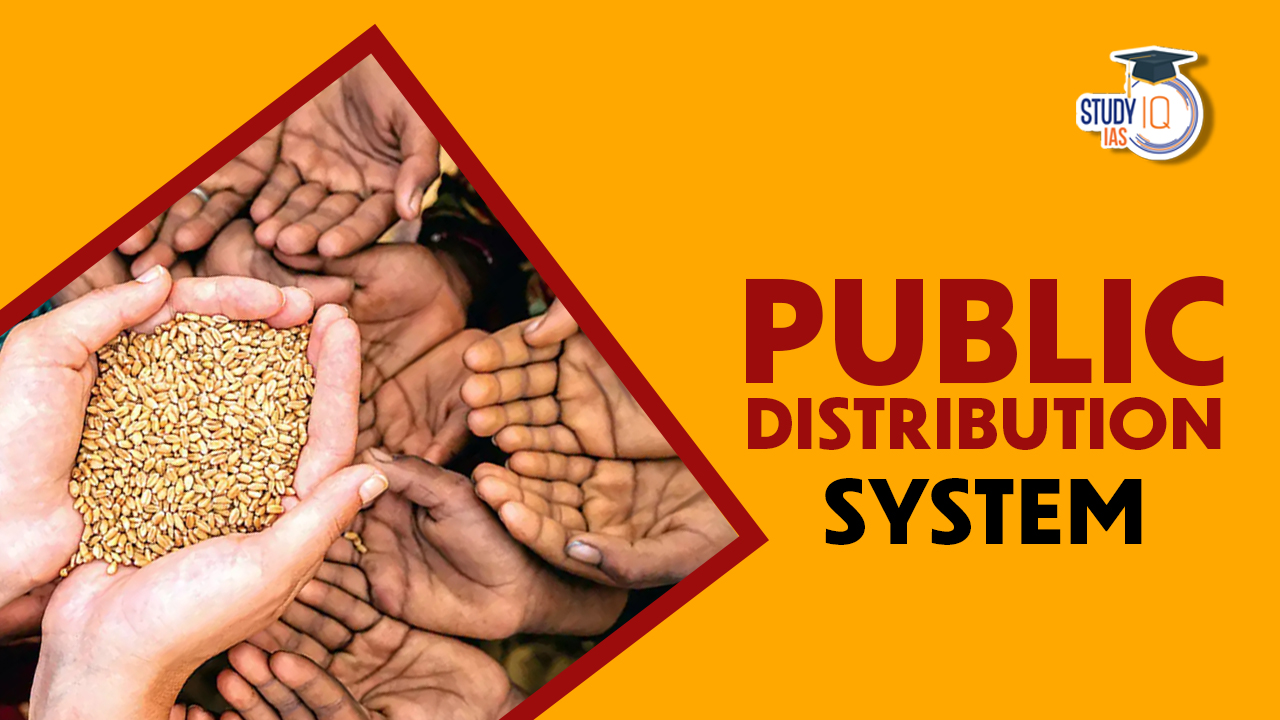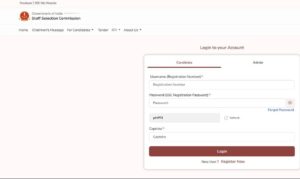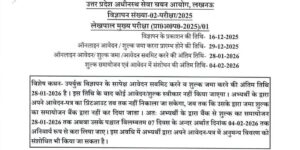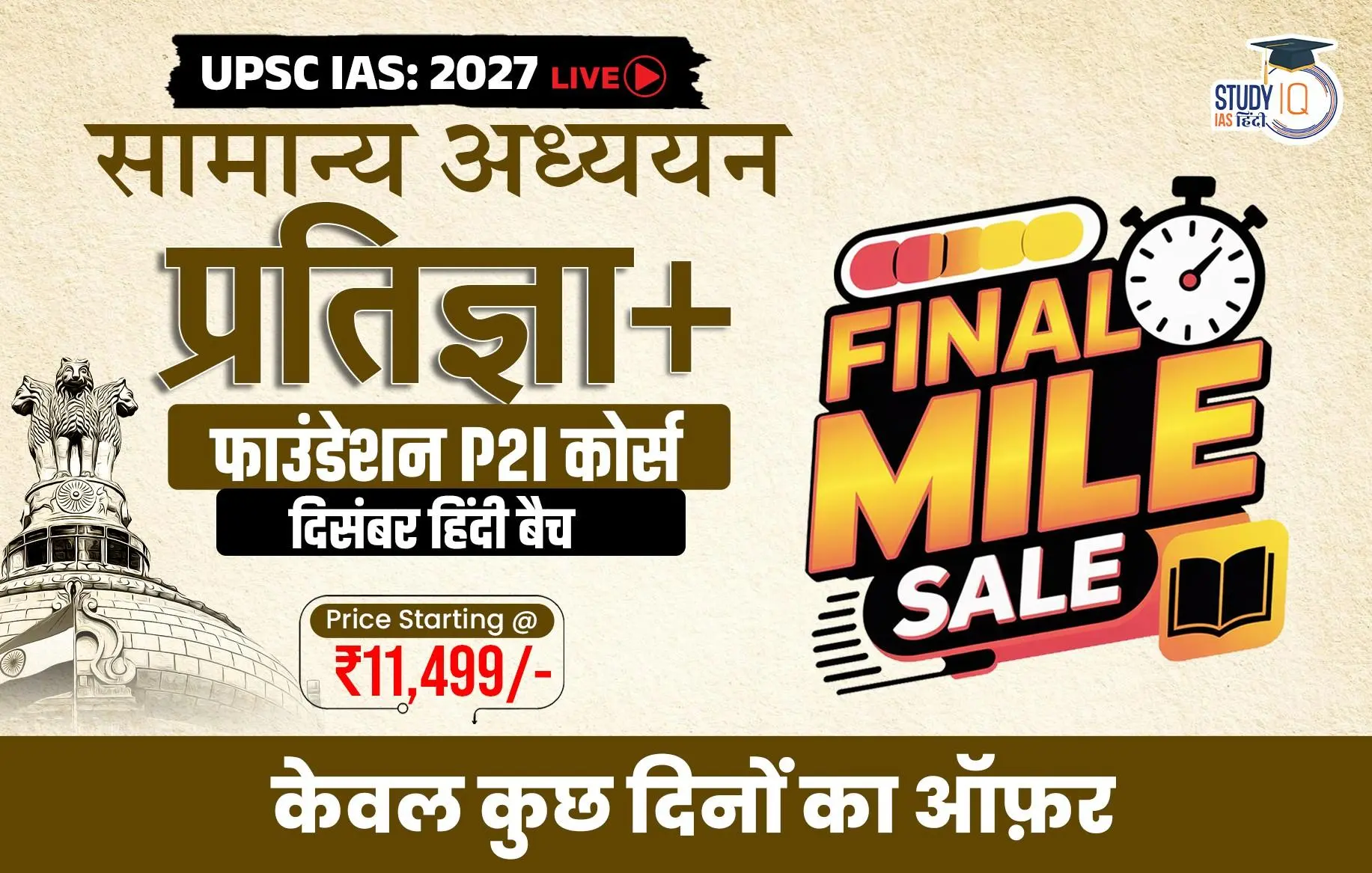Table of Contents
Context: Lieutenant Governor of Delhi has raised the issue of Delhi government’s “10-year delay” in framing rules for conducting a social audit into the functioning of the public distribution system (PDS).
The Public Distribution System (PDS) in India
- The Public distribution system (PDS) is a food security system established under the Ministry of Consumer Affairs, Food, and Public Distribution.
- It comprises a chain of approximately 5.35 lakh fair price shops entrusted with the work of distributing basic food and non-food commodities to the economically disadvantaged sections of society.
- Objectives of the PDS:
- To provide essential consumer goods at cheap and subsidized prices to the consumers.
- To insulate them from the impact of rising prices of these commodities.
- To maintain the minimum nutritional status of our population.
- To put an indirect check on the open market prices of various items.
- The responsibility of operating PDS is jointly shared by the Central and the State Governments.
- The Central Government, through Food Corporation of India (FCI), undertakes procurement, storage, transportation and bulk allocation of food grains to the State Governments.
- Operational responsibilities like allocation within the State, identification of eligible families, issue of Ration Cards and supervision of the functioning of Fair Price Shops (FPSs) etc., lies with the State Governments.
- Under the PDS, presently the commodities namely wheat, rice, sugar and kerosene are being allocated to the States/UTs for distribution.
- Some States/UTs also distribute additional items of mass consumption through the PDS outlets such as pulses, edible oils, iodized salt, spices, etc.
- However, the PDS is supplemental in nature and is not intended to make available the entire requirement of any of the commodities distributed under it to a household or a section of the society.

History and Evolution of the PDS in India
- World War II and the Bengal Famine: During World War II, India faced severe food shortages, and the Bengal Famine of 1943 resulted in the loss of millions of lives due to starvation. In response to this, the British government in India created a Department of Food to coordinate procurement of food grains from surplus areas and organize distribution in food deficit areas.
- Public Distribution System in the 1960s: In 1960s, PDS with the focus on distributing food grains in urban scarcity areas emerged from the critical food shortages of the 1960s. The PDS played a crucial role in containing the rise in food grain prices and ensuring access to food for urban consumers.
- Revamped Public Distribution System (RPDS) in 1992: It aimed to improve the reach of the PDS in far-flung, hilly, remote, and inaccessible areas where a substantial section of the poor population lived. The RPDS covered specific areas such as Drought Prone Areas, Integrated Tribal Development Projects, and Designated Hill Areas. It provided additional commodities and issued food grains to states at a subsidized price.
- Targeted Public Distribution System (TPDS) in 1997: It was launched with a focus on providing food grains to the poor. The TPDS required states to identify the poor and deliver food grains in a transparent and accountable manner at the Fair Price Shop (FPS) level. The scheme aimed to benefit around 6 crore poor families.
- Antyodaya Anna Yojana (AAY) in 2000: It was launched to further target the poorest of the poor under the TPDS. It aimed to reduce hunger among the most vulnerable segments of the below poverty line (BPL) population. AAY provided highly subsidized food grains to one crore BPL families at a fixed price.
- NFSA, 2103: In 2013, National Food Security Act (NFSA) was enacted. It introduced individual entitlement of 5 kg per person per month food grains to around 82 crore of population.
Issues related to PDS in India
- Identification of beneficiaries: Targeting mechanisms like the Targeted Public Distribution System (TPDS) are prone to inclusion and exclusion errors. Many entitled beneficiaries do not receive food grains, while ineligible individuals receive undeserved benefits.
- Studies have estimated that PDS suffers from a high error rate of exclusion (61%) and inclusion (25%).
- Leakage of food grains: Significant leakages occur during transportation of food grains from ration shops to the open market. This includes transportation leakages and black marketing by Fair Price Shop (FPS) owners.
- Evaluation of TPDS has shown a 36% leakage of PDS rice and wheat at the all-India level.
- Issue with procurement: Open-ended procurement, where all incoming grains are accepted regardless of buffer stock levels, can lead to shortages in the open market.
- Issues with storage: There is a shortfall in the government’s storage capacity, leading to incidents of rotting food grains.
- Disincentive for crop diversification: The provision of minimum support price (MSP) encourages farmers to focus on rice and wheat cultivation at the expense of coarse grains, which are consumed by the poor. This discourages crop diversification and can have negative implications for agricultural sustainability.
- Environmental concerns: The emphasis on achieving self-sufficiency and surplus in water-intensive food grains, such as rice and wheat, is environmentally unsustainable.
- States like Punjab and Haryana, known for high procurement, face environmental stress with rapid groundwater depletion, deteriorating soil and water conditions due to excessive fertilizer use.
- Lack of transparency and accountability: The PDS system faces challenges in ensuring transparency and accountability in its operations, including issues related to corruption, mismanagement, and lack of monitoring mechanisms.
Recent Reforms in the Indian PDS
- Technology-based reforms of TPDS implemented by states: Wadhwa Committee, appointed by the Supreme court, found that certain states had implemented computerization and other technology-based reforms to TPDS.
- Tamil Nadu implements a universal PDS, such that every household is entitled to subsidized food grains.
- Several states have also installed ePOS (electronic point of sale) devices at the fair price shops to track the sale of food grains to actual cardholders on a real time basis.
- States like Chhattisgarh and Tamil Nadu use GPS technology to track movement of trucks carrying food grains from state depots to FPS. This checks leakages to a great extent.
- States of Andhra Pradesh, Gujarat, Tamil Nadu, Madhya Pradesh etc. have undertaken the exercise of digitization of ration cards, which allows for online entry and verification of beneficiary data.
- Role of Aadhar: Integrating Aadhar with TPDS will help in better identification of beneficiaries and address the problem of inclusion and exclusion errors.
- According to a study by the Unique Identification Authority of India, using Aadhaar with TPDS would help eliminate duplicate and ghost (fake) beneficiaries, and make identification of beneficiaries more accurate.
- One Nation, One Ration Card: As part of the Economic relief package amid COVID 19 outbreak, the Central government has announced the national rollout of a ‘One Nation, One Ration Card’ system.
- Under this ‘One Nation, One Ration Card’ system, beneficiary will be able to buy subsidized food grains from any FPS across the country using their existing/same ration card that is Aadhaar linked.
- Benefits of ONORC:
- Provide intra-state as well as inter-state portability of ration cards benefitting inter/intra state migrants to avail benefits.
- Inter-state portability at IMPDS portal
- Annavitran Portal has been implemented to display electronic transactions made through ePoS devices for distribution of subsidized food grains to beneficiaries. This portal also shows all India picture of Aadhaar authentication of beneficiaries besides allocated and distributed quantity of food grains up to district level.
- Helps to remove bogus ration card holders through an integrated online system.
- It can control rising food subsidy bill by preventing leakages etc.


 Delhi Police Admit Card 2025 Out – Dow...
Delhi Police Admit Card 2025 Out – Dow...
 UP Lekhpal Notification 2025 Out: Apply ...
UP Lekhpal Notification 2025 Out: Apply ...
 List of National Parks in India 2025, Ch...
List of National Parks in India 2025, Ch...

























